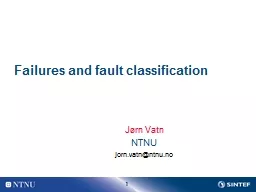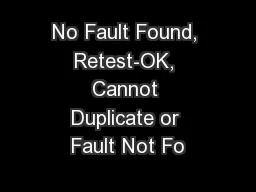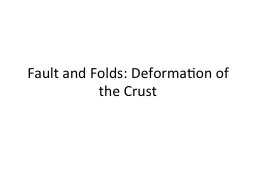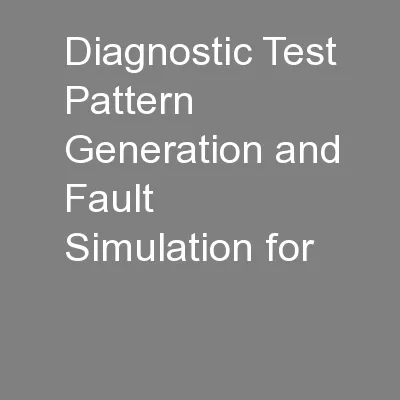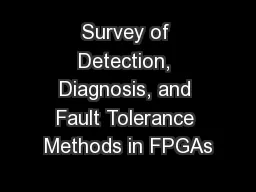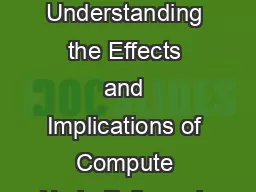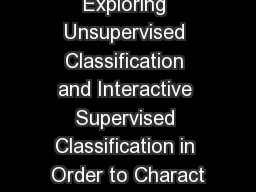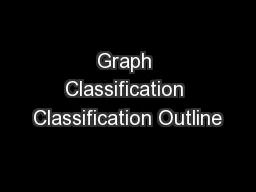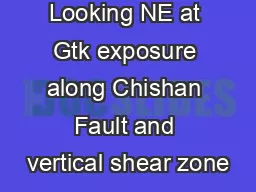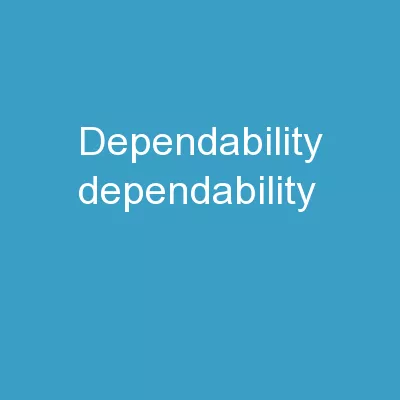PPT-Failures and fault classification
Author : myesha-ticknor | Published Date : 2016-04-09
Jørn Vatn NTNU jornvatnntnuno Definitions Failure In order to define the term failure we need first to introduce the term function A unit or system entity is designed
Presentation Embed Code
Download Presentation
Download Presentation The PPT/PDF document "Failures and fault classification" is the property of its rightful owner. Permission is granted to download and print the materials on this website for personal, non-commercial use only, and to display it on your personal computer provided you do not modify the materials and that you retain all copyright notices contained in the materials. By downloading content from our website, you accept the terms of this agreement.
Failures and fault classification: Transcript
Download Rules Of Document
"Failures and fault classification"The content belongs to its owner. You may download and print it for personal use, without modification, and keep all copyright notices. By downloading, you agree to these terms.
Related Documents

